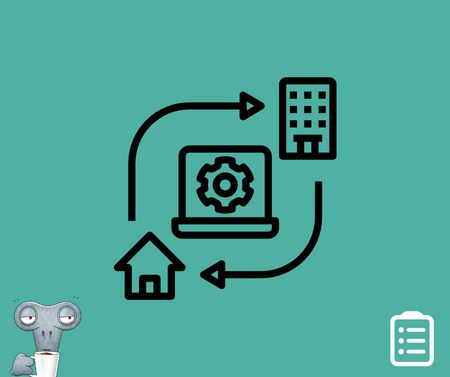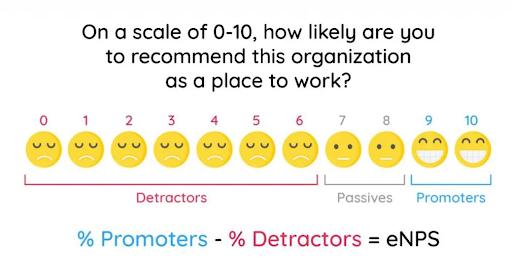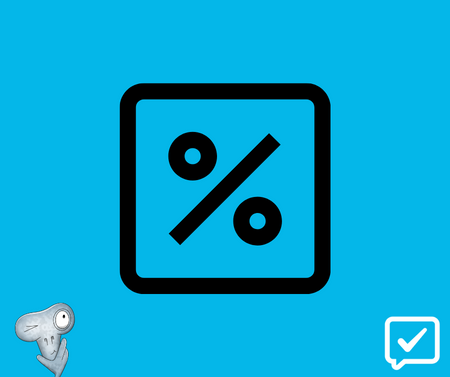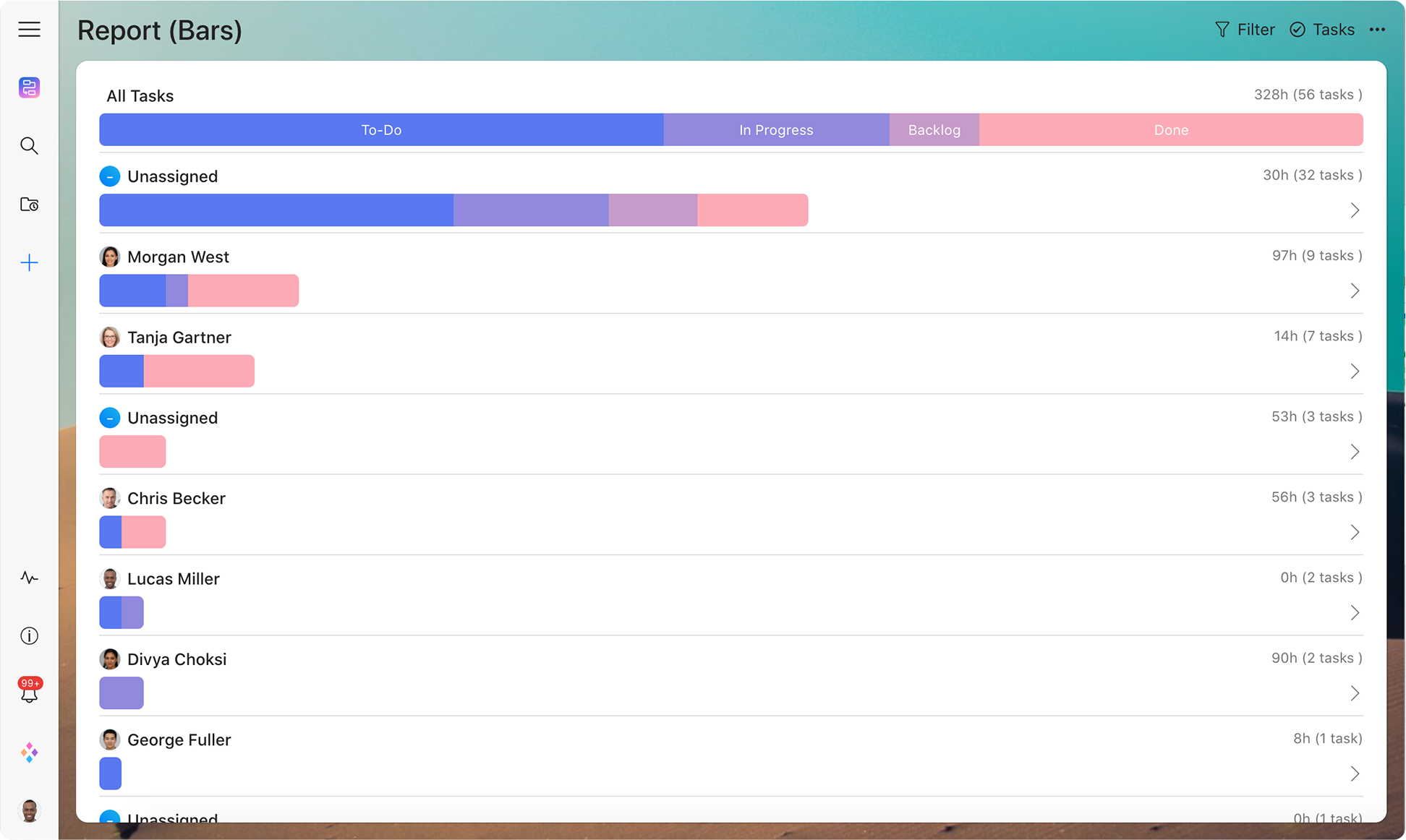4 Metrics You Should Track for Better Hybrid Work Productivity
Learn to track work productivity to improve hybrid work.

During the COVID-19 pandemic, there was an underlying sense that things would go back to normal. After lockdown measures eased, however, many companies have realized how we work has changed. Some businesses still require their employees to show up at the office. Others are exploring a hybrid work model that balances working from home and working from a traditional office.
Working from home comes with benefits like high job satisfaction and employee morale. On the other hand, managerial oversight is a challenge. The hybrid work model combines the flexibility of a remote environment with the cultural benefits of an on-site environment. As you explore hybrid models, you need to ensure that the staff will be as productive at home as they would be in the physical office.
Productivity metrics track and measure how efficiently employees are performing their tasks. Organizations using the hybrid work model require new measures to understand employee performance in the new environment.
This post will look at four metrics you should monitor for better hybrid work productivity.
Improve Hybrid Work Productivity

1. Employee Engagement
Many employees may prefer a remote or hybrid workplace model, but there is a danger that they may become isolated. Employee isolation can hurt engagement and performance. Employee engagement refers to the level of enthusiasm and dedication workers feel toward their job. The more employees are engaged, the more they are productive.
Measuring employee engagement is challenging, more so in a remote or hybrid environment. A manager might be able to pick up body language cues from office workers. However, in virtual settings, visual cues are limited and subject to misunderstanding. A team member that inconsistently attends or participates in meetings isn’t necessarily disengaged. They could have internet connectivity problems.
There are several tools you could use to measure employee engagement. Employee pulse surveys are a great example. Combined with emails or newsletters, they tell you how employees feel about a given issue without being overwhelmed. A carefully crafted pulse survey can provide staff feedback on management style, work/life balance, company culture, etc.
Other tools that measure employee engagement are absenteeism and the eNPS (employee net promoter score). A day off every month isn’t a cause for concern, but high absenteeism points to low employee engagement.
The eNPS lets you know how likely the staff will brag about the company to others. Employees rate the survey question on a scale of 0-10, with 0 being least likely and 10 being most likely. To get your eNPS score, subtract the percentage of promoters from the percentage of detractors.

Employees who give a rating of 0-6 are called detractors – they’re most likely to talk negatively about the organization. Employees who give a rating of 9 and 10 are promoters. These are most likely to advocate for the company. The goal is to have more promoters than detractors. A high net promoter score indicates high employee engagement.
While the eNPS gives you a quantitative score, it doesn’t provide insight into the organization’s strengths or weaknesses. Therefore, add an anonymous comment section asking survey respondents to explain their scores.
2. Ratio of Planned to Completed Work
One of the best ways to gauge employee productivity is by measuring how much work gets done. The planned-to-completed work metric calculates the percentage of assigned work employees finish. It provides insights into your staff’s capacity to get things done.
To calculate your ratio, divide the number of completed tasks by the number of assigned tasks and multiply by 100.
Let’s say your call centre agents have a goal of 20 cold call sales per week. One agent manages five cold call sales and another completes 18 sales. The planned-to-work completed ratio for the first employee is 25% and 85% for the second. Armed with this information, you can investigate what’s preventing the first employee from meeting their goal.

Perhaps they take a while to search for the contact details of companies that don’t have business citations. Or maybe they’re overwhelmed with their workload.
Tasks go unfinished for various reasons. Tracking performance over time allows you to see if drops in performance are isolated or sustained events. With this data, managers can deploy appropriate countermeasures.
3. Goal-Focused Management
In the hybrid work environment, the focus on outputs should give way to a focus on outcomes. For example, instead of focusing on the number of hours worked, focus on time to market.
Having a “butts in seats” mentality is outdated. For one, hybrid and remote workers don’t have long stretches of uninterrupted work time. This mentality can also have detrimental effects on hybrid work productivity. It can make remote employees feel you don’t trust them to manage their time and that time matters more than results. You risk staff being physically present but mentally or emotionally absent, causing engagement and work quality to drop.
Goal-focused management allows you to measure how an employee’s output contributes to the company’s goals. For this, you must have SMART goals in place. SMART stands for Specific, Measurable, Achievable, Realistic, and Time-bound. SMART goals focus your efforts on meeting the objective.

For example, a SMART goal for a sales department would read like this: Send 500 product demo emails this week using the sales outreach technology. The goal is specific (product demo emails), measurable (500), achievable (sales outreach technology), realistic, and time-bound (one week).
Measuring goals this way makes it easy to track team productivity, identify problem sources, and provide support as needed.

Experience the power of efficient project management.
Sign up for free today!
4. Time Management
Hybrid work arrangements provide workers with the freedom and flexibility to work when and where they want. But flexible workplaces come with challenges, namely fluid work/leisure boundaries.
Time management helps you organize your employees’ work hours to ensure consistent productivity. Productivity tools like employee scheduling allow you to plan and manage remote work hours around your business needs. Automating the scheduling process saves you time and ensures you meet shift requirements.

Time management productivity doesn’t only track what people do with their time, it also measures how long activities take. This insight can help you and your staff identify shortcomings and provide support as needed.
If hybrid workers don’t set boundaries between work and leisure activities, their performance declines from too many distractions or burnout.
Final Thoughts
Hybrid working had been growing in popularity long before the COVID-19 crisis forced organizations to adopt remote workforce technologies. In the post-pandemic world, many workers claim they are more productive in a remote or hybrid work environment. But as an employer, how can you be sure?
As businesses move to a full- or part-time remote work model, managers should find ways to maintain or improve worker productivity in the new normal. This article showed four basic metrics you need to measure hybrid work productivity. We discussed employee engagement, planned-to-completed work ratios, goal-focused management, and time management.
These four metrics provide greater insight into whether or not workers are productive in the hybrid working model. Use them to pinpoint productivity gaps and ensure your team has everything they need to become effective remote workers.
About the Author: Daryl Bush is the Business Development Manager at Authority.Builders. The company helps businesses acquire more customers through improved online search rankings. He has extensive knowledge of SEO and business development.
FREE 20 MIN. CONSULTATION WITH A PROJECT MANAGEMENT EXPERT
Wanna see how to simplify your workflow with Zenkit in less than a day?
Book a Live Demo